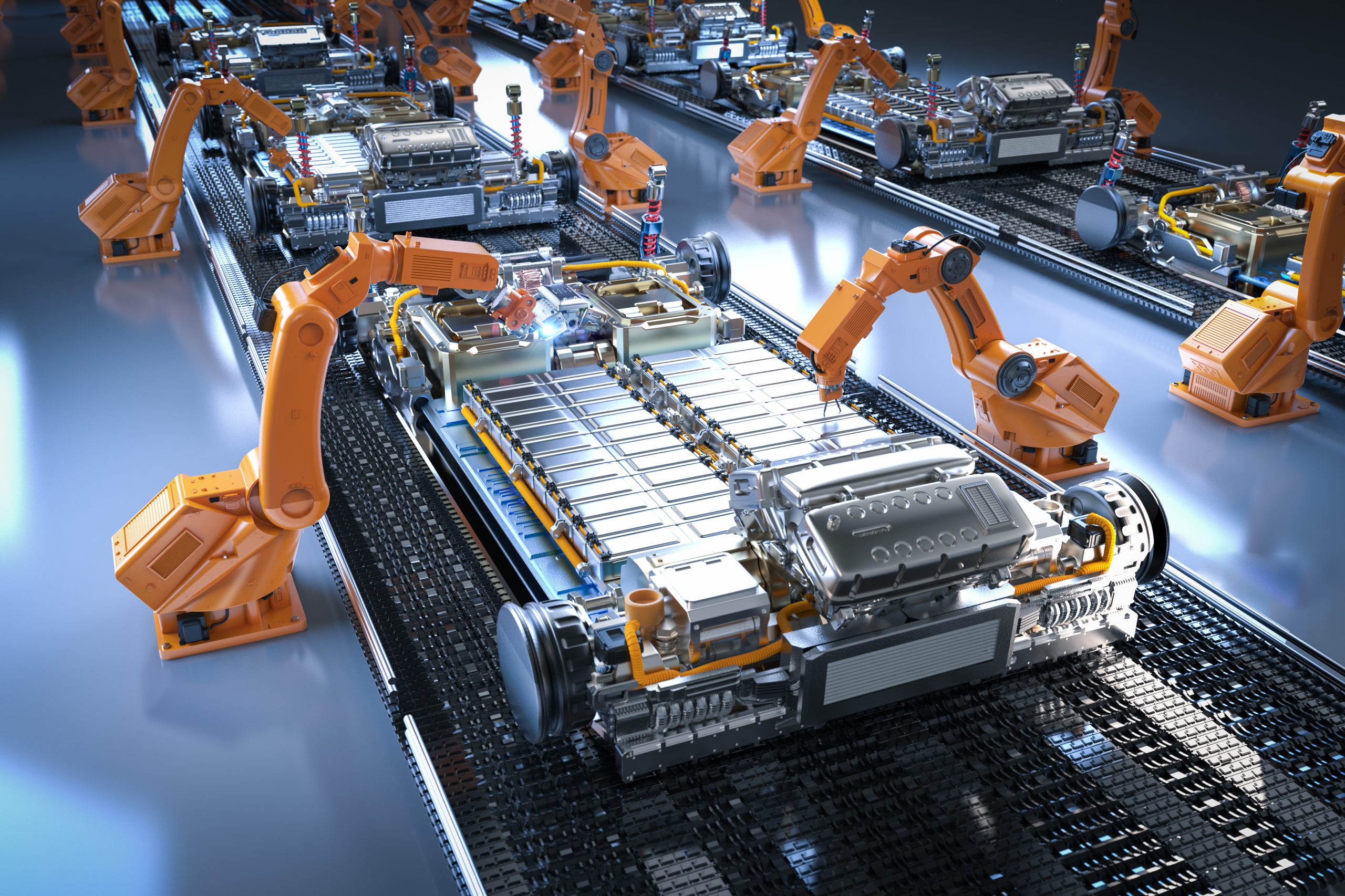The automotive industry is revving up for digitalisation!
In today’s highly competitive automotive industry, digitalisation is becoming increasingly popular as a means of optimising operations and reducing costs. However, the decision to embark on a digital strategy is not always straightforward as there are both benefits and risks to consider. In this article, we will explore what automotive assembly plant executives should consider before digitalising their maintenance operations using smart industry 4.0 and IIoT devices, some of the benefits of digitalisation, potential pitfalls to avoid, and the steps to take to implement it successfully.
Strategy first: aligning digitalisation with business goals
The primary consideration when digitalising is to determine whether it aligns with the overall business strategy and goals of the automotive manufacturing plant. The cost of digitalisation can be significant, and it is important to ensure that the expected benefits align with business needs. Additionally, the infrastructure and cybersecurity risks should be assessed, and the manufacturer should determine how data generated from digitalisation will be collected, stored and analysed. Employee training and skillsets should also be assessed, as digitalisation requires a significant amount of technical expertise.
Return on investment (ROI) is a significant consideration when evaluating digitalisation. While the cost of digitalisation can be significant, the benefits can also be substantial. The ROI depends on the specific circumstances of the manufacturer (including business needs), the scope of the digitalisation initiative, and the effectiveness of the implementation.
Driving efficiency, reducing costs: benefits of digital maintenance strategies
Implementing a digital maintenance strategy in an automotive manufacturing plant involves several key steps. First, manufacturers must assess current maintenance processes to identify areas where data collection and analysis can be improved. Next, the goals and objectives of the digital maintenance strategy must be defined, including what equipment will be included in the strategy, what data will be collected and analysed, and what performance metrics will be used to measure success.
Manufacturers can then select and implement digital tools that support the strategy, such as equipment monitoring sensors, computerised maintenance management systems (CMMS) and data analytics platforms. To ensure that the digital maintenance strategy is implemented effectively, maintenance personnel must be trained on the new tools and technologies. Finally, manufacturers must monitor and analyse performance using data analytics tools to identify patterns and trends in equipment performance and measure the impact of the strategy on overall maintenance costs and equipment reliability.
Pitfalls to avoid: challenges of digitalisation
There are potential pitfalls to watch out for when going the digitalisation route. These include a reliance on technology that may not be fully understood or optimised (which can lead to errors or inaccuracies in the data), the risk of increased cybersecurity threats, and the need for significant organisational changes to support digitalisation.
Putting it all together: digitalisation for automotive assembly plants
Digitalisation offers several benefits for automotive assembly plants looking to rev up their maintenance operations, reduce downtime and costs, and improve overall equipment reliability. However, careful consideration of the potential drawbacks, assessing whether the benefits outweigh the costs, and implementing a strategic approach are crucial to a successful outcome. With the right implementation plan, digitalisation can lead to significant improvements in efficiency, quality and customer experience, making it an important consideration for automotive assembly plant executives.
Visit our automotive page to read more about our client successes.

